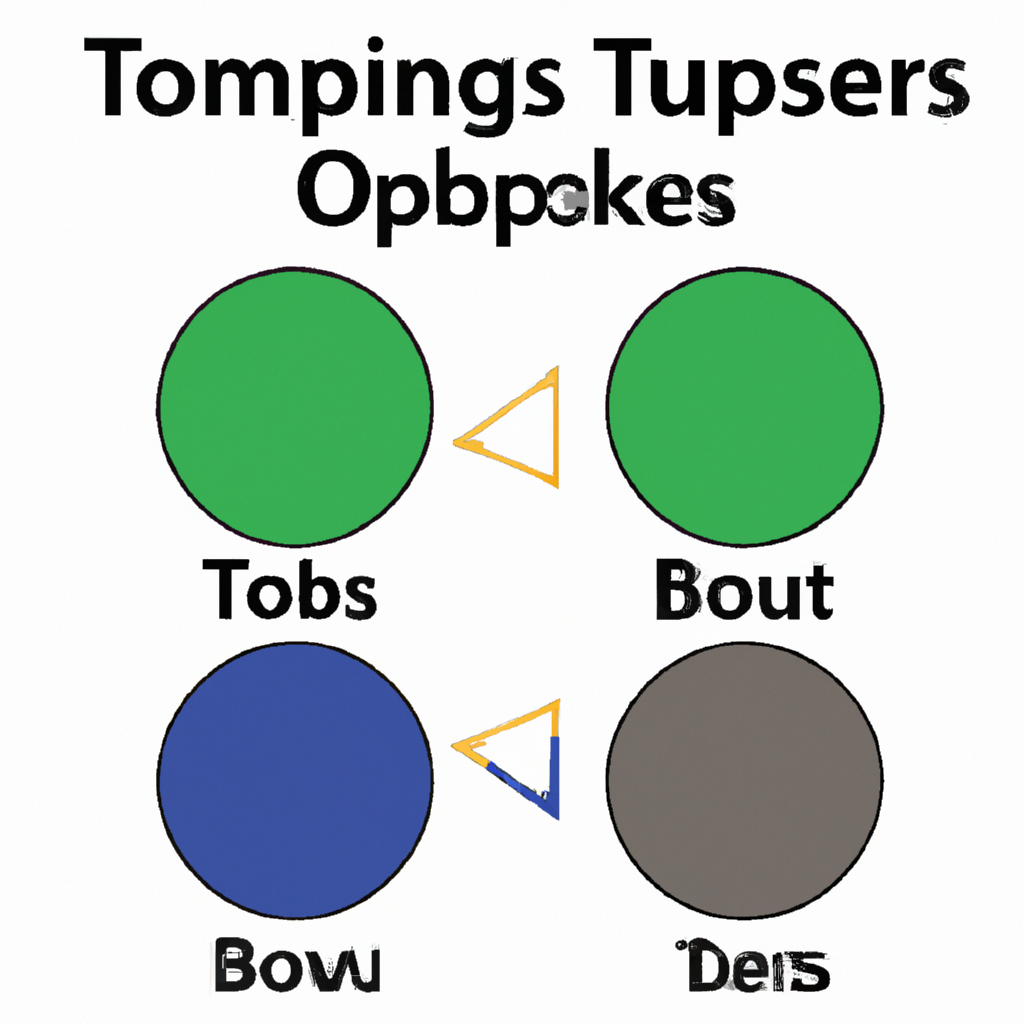
Recognizing Double Tops and Bottoms
Introduction
Double tops and bottoms are common chart patterns that can provide valuable insights into the future direction of a financial instrument. By identifying these patterns, traders and investors can make more informed decisions and potentially profit from price reversals. In this article, we will explore how to recognize double tops and bottoms and discuss their significance in technical analysis.
What are Double Tops and Bottoms?
Double tops and bottoms are reversal patterns that occur when the price of an asset reaches a certain level twice, but fails to break through it. These patterns are typically observed on bar charts or candlestick charts and are characterized by two peaks or troughs of approximately equal height, separated by a period of consolidation.
Recognizing Double Tops
To identify a double top pattern, follow these steps:
1. Look for an uptrend: Double tops typically form after a prolonged uptrend, indicating a potential trend reversal.
2. Identify the first peak: The price reaches a high point, forming the first peak. This is usually accompanied by high trading volume.
3. Observe the consolidation phase: After the first peak, the price retraces and enters a consolidation phase, forming a support level. This consolidation period can last for several weeks or months.
4. Confirm the second peak: The price rallies again, but fails to break above the previous peak. This forms the second peak, which is usually accompanied by lower trading volume compared to the first peak.
5. Note the neckline: Draw a horizontal line connecting the lows of the consolidation phase. This line is referred to as the neckline.
6. Confirm the pattern: The double top pattern is confirmed when the price breaks below the neckline. This signals a potential trend reversal and a bearish outlook.
Recognizing Double Bottoms
To identify a double bottom pattern, follow these steps:
1. Look for a downtrend: Double bottoms typically form after a prolonged downtrend, indicating a potential trend reversal.
2. Identify the first trough: The price reaches a low point, forming the first trough. This is usually accompanied by high trading volume.
3. Observe the consolidation phase: After the first trough, the price retraces and enters a consolidation phase, forming a resistance level. This consolidation period can last for several weeks or months.
4. Confirm the second trough: The price declines again, but fails to break below the previous trough. This forms the second trough, which is usually accompanied by lower trading volume compared to the first trough.
5. Note the neckline: Draw a horizontal line connecting the highs of the consolidation phase. This line is referred to as the neckline.
6. Confirm the pattern: The double bottom pattern is confirmed when the price breaks above the neckline. This signals a potential trend reversal and a bullish outlook.
Significance of Double Tops and Bottoms
Double tops and bottoms are considered significant because they indicate a shift in market sentiment. A double top suggests that buyers are losing momentum, while a double bottom suggests that sellers are losing momentum. These patterns can provide traders with potential entry and exit points, as well as opportunities to set stop-loss orders to manage risk.
Conclusion
Recognizing double tops and bottoms is an essential skill for technical analysts and traders. By understanding the characteristics and significance of these patterns, market participants can enhance their decision-making process and potentially profit from trend reversals. Remember to always combine pattern recognition with other technical indicators and risk management strategies for a comprehensive trading approach.





